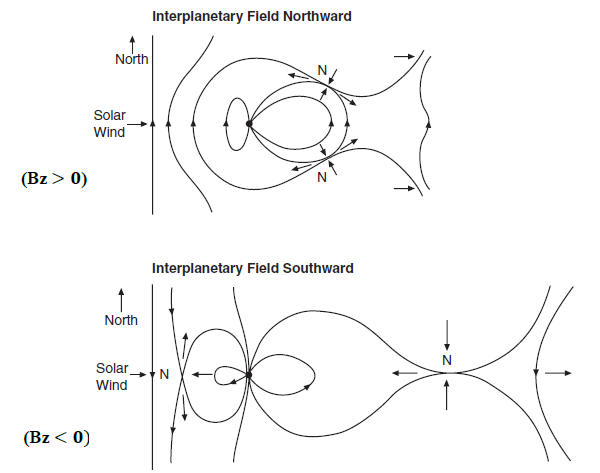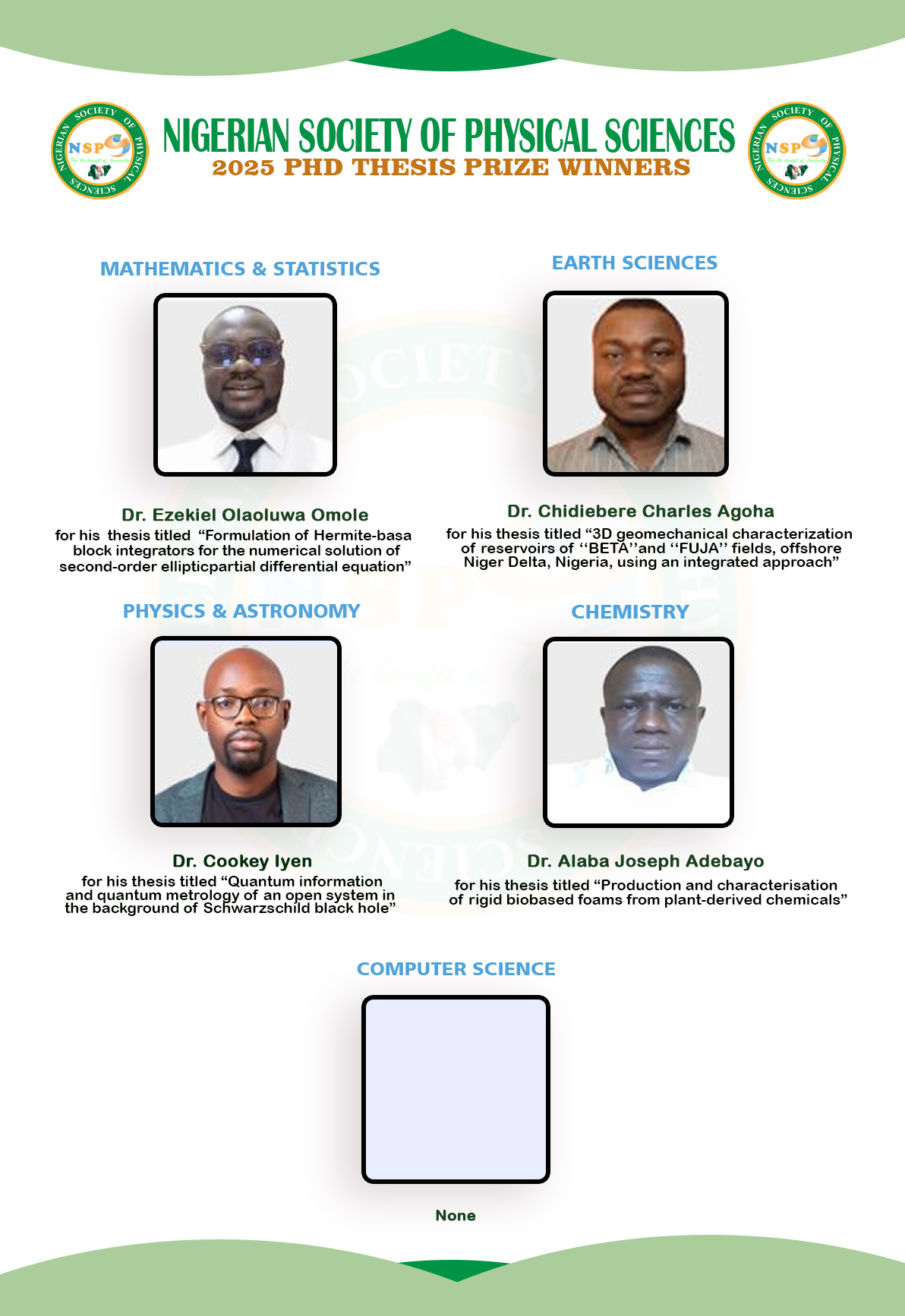Response of the magnetospheric convection electric field (MCEF) to geomagnetic storms during the solar cycle 24 declining phase
Keywords:
Geomagnetic storm, Geoeffective interplanetary coronal mass ejections, Magnetospheric convection electric field, Solar cycleAbstract
This article examines the magnetospheric convection electric field (MCEF) fluctuations during seven moderate to severe storms in the declining phase of solar cycle 24. The storms induced by ICMEs were selected based on specific conditions. The primary aim of this study is to assess the influence of geoeffective ICMEs on the MCEF. We conducted a cross-correlation analysis to examine the temporal delays between MCEF fluctuations and geomagnetic indices (Sym-H and AE), as well as the IMF Bz. A linear regression was employed to assess MCEF fluctuations in relation to variations in Sym-H, AE, and Bz. A strong correlation (R = 0.81) was seen between the average transit speed of ICMEs and MCEF fluctuations in the initial phase, underscoring the direct influence of ICMEs on the MCEF. ICMEs with speeds >= 800 km/s cause substantial MCEF variations during the storm's initial phase, with a variation of 0.08 mV/m for every one nT change in IMF Bz. During the complete evolution of the examined storms, fluctuations in the AE index precede those of the MCEF, with time delays between 21 and 44 minutes. MCEF variations exhibit a delay relative to Sym-H index fluctuations, with estimated intervals ranging from 60 to 306 minutes.

Published
How to Cite
Issue
Section
Copyright (c) 2025 Nongobsom Bazié, Christian Zoundi, M'BI Kaboré, Alfred Jean Stéphane Dama, Frédéric Ouattara (Author)

This work is licensed under a Creative Commons Attribution 4.0 International License.







